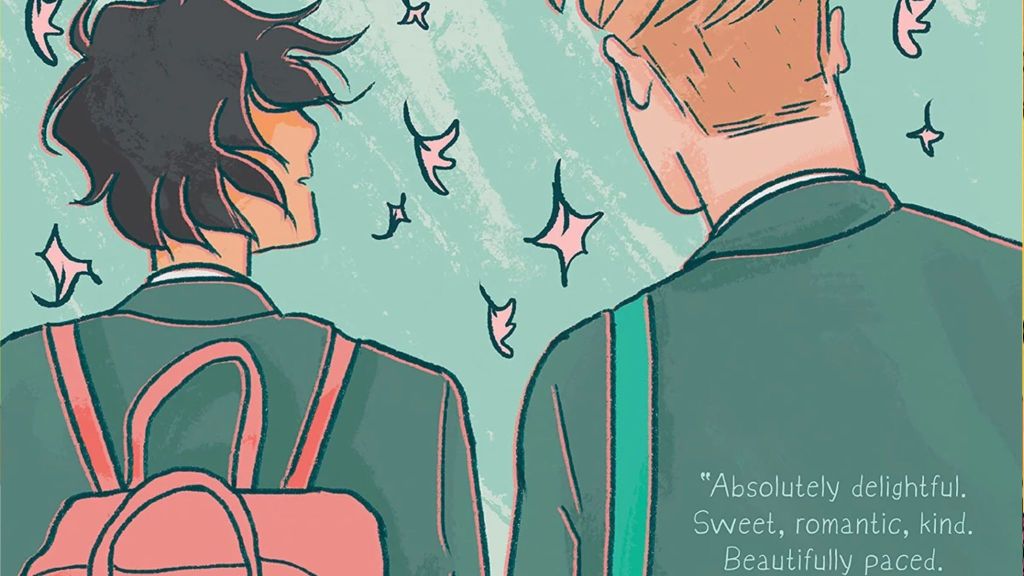When most people think of comic books, they’re imagining a few defined genres, from superheroes to horror. However, the world of comic books is vast, and one genre in particular has been left in the dust. We’re talking about romance comics. These comics were extremely popular from the 1950s to the 1970s but largely died around that time. A few comics have played with the subject since, including Tom King’s Love Everlasting. First released in 2022, Love Everlasting felt like a breath of fresh air as it played around with romantic tropes in a new light. More importantly, this comic’s success proves that now is the time for romance comics to make a comeback.
Videos by ComicBook.com
Romance comics appealed to a new audience not looking for a superhero narrative. Today, these comics would likely have drawn in the slice-of-life crowds, offering a different form of escapism while playing around with subjects familiar to everyday life. The reason behind the death of romance comics is complex, yet any fan who’s watched the industry could probably guess the primary problem: The Comics Code. With the Comics Code being mercifully dead, this is yet another reason for a romance revival.
The Rise of Romance Comics

World War II saw a rise in popularity for comics as a whole, but specifically for superhero comics. Following the war, another genre started to take the country by storm – romance. The first to hit the stands was Young Romance, created by Jack Kirby and Joe Simon. These comics were probably not what most readers these days would expect, as they were marketed for young readers, but not for the very young, instead playing around with more adult content. The first issue reportedly sold 92% of its print, and publishers made a note. What was once a test issue became a long-standing monthly comic, plus a spin-off titled Young Love.
Romance comics quickly began delving into familiar themes but with a twist. Tales of domestic bliss were interrupted with heartbreak, crime, or some other creative spin the author dreamed up. The public was eating them up, so other publishers didn’t take long to jump on board with their own versions. Timely/Marvel was the second publisher to sign up to release their spin, My Romance. Fox Features Syndicate likewise followed suit, creating a series of comics utilizing a similar title format: My Desire, My Secret, etc.
Overall, most romance comics of this era played with societal norms and expectations. The stories involved women choosing between their jobs and the love of their lives, referring to marriage expectations. However, some comics did find other ways of branching out and defying the status quo, such as having their leading ladies enjoy rock and roll.
[RELATED: Todd McFarlane Reveals Banned Marvel Artwork and Explains Why He Quit the Company (Exclusive)]
The Beginning of the (Sort of) End

Most comic fans are painfully aware of The Comics Code, which had wide-reaching implications for all comic genres and styles. Unfortunately, romance comics were hit especially hard. While the genre was allowed to continue, it wasn’t the same. Gone were the days of bold storylines that explored deeper subjects. Instead, most stories felt like a cut-and-paste romance, leaning heavily on traditional and patriarchal approaches to relationships. It goes without saying that while this didn’t outright kill the genre, it was a blow that it’s never quite recovered from.
Years later, other creatives began finding new ways to work subtext into their stories. This was notably linked with the rise of the equal rights movement, and as such, women wanted to see a different type of romance portrayed in their comics. With The Comics Code gone, these authors once again began exploring complex relationships and arcs, including social upheaval, women’s rights, interracial relationships, and more. If the code had previously banned it, the odds are good that somebody tried to write a story about it. Unfortunately, by the late 1970s, romance comics were largely considered a past trend.
[RELATED: Heartstopper Season 2 Now Streaming on Netflix]
Where to Go From Here

It wouldn’t be entirely accurate to say that romance comics are dead; it is more like they’re not hitting the primary market the same way. There will always be a market for romance, regardless of what some fans or publishers would like to believe. The success of modern series such as Heartstopper and Lore Olympus makes it clear that readers are thirsty for graphic novel love stories to plunge headfirst into. Publishers such as Oni and Image Comics have always been known to take the biggest risks, so they’re the ones to watch right now. Likewise, romance comics have been gaining in popularity outside of the world, with webcomics (Tapas and Webtoons) at the forefront. A casual scroll through either platform will make any romance reader weep with joy, with titles such as Positively Yours, Villains Are Destined to Die, and A Business Proposal.
Today’s stories are as diverse as they were once upon a time, with supernatural intrigue (Ruined by Sarah Vaughn), coming-of-age (The Girl By the Sea by Molly Knox Ostertag), and space opera (Saga by Brian K. Vaughn) all getting represented. Then there’s Tom King’s Love Everlasting, which has been met with open arms. The comics were popular enough to warrant an adaptation by Sony Pictures Entertainment. This is big news for romance comics, as it could signal the revival of something we’ve all been waiting for.








